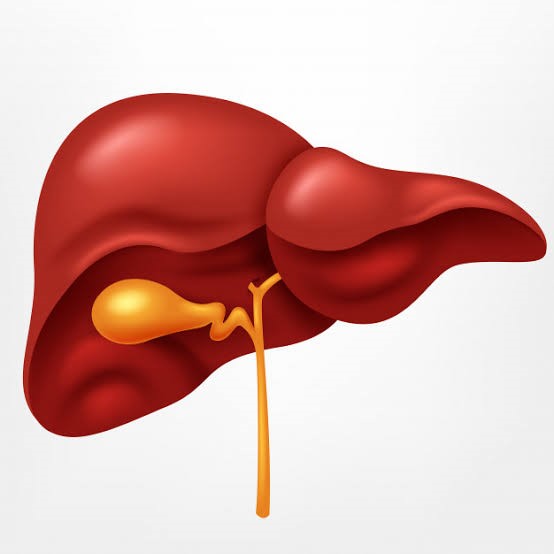The liver is a large, meaty organ that sits on the right aspect of the belly. The liver also detoxifies chemicals and metabolizes drugs. The liver secretes bite that ends up back in the intestines. The liver additionally makes proteins necessary for blood coagulation and different functions.
There are more than 100 types of liver disease, and they caused by a variety of factors, such as viruses, toxins, genetics, alcohol and unknown causes. The following are among the foremost common kinds of liver disease:-Alagille Syndrome, Alpha 1 anti-trypsin deficiency, Autoimmune hepatitis, Biliary atresia, Cirrhosis, Cystic disease of the liver, Fatty liver disease, Galactosemia, Gallstones, Liver cancer, Porphyria, Toxic hepatitis, Liver disease in pregnancy, Viral hepatitis A, B, C.
Symptoms of Liver disease:-
- Jaundice – yellowish skin and eyes.
- Abdominal Pain and swelling
- Persistent itchy skin
- Dark urine
- Pale stools, Bloody or black stools
- Exhaustion
- Bruising easily
- Nausea and loss of appetite
Most common liver infections:-
- Hepatitis A: – Most people get it by eating or drinking something that’s tainted by faecal matter. You might not have any symptoms. It usually goes away by itself within 6 months without long-term harm.
- Hepatitis B: – You get it from somebody else, such as through unprotected sex or taking drugs with shared needles. If it lasts longer than six months, it makes you more likely to get liver cancer or other diseases.
- Hepatitis C: – Comes from infected blood that gets into your blood. You might get it if you are taking medication with shared needles or in connection with HIV. Symptoms may not show for many years.
Liver Cancer:-
Liver cancer is type of cancer that starts in the liver. Some cancers develop outside the liver and spread to the realm. However, only cancers that start in the liver described as liver cancer.
Liver cancer is categorized into four stages.
- Stage I: – The tumor is in the liver and has not spread to another organ or location.
- Stage II: – Either there are several small tumors that all remain in the liver, or one tumor that has reached a blood vessel.
- Stage III: – There are various large tumors or one tumor that has reached the main blood vessels. Cancer may have also reached the gallbladder.
- Stage IV: – The cancer has metastasized. This means that it has spread to other parts of the body.
Once the stage has been found, a course of treatment can begin.
How do you detect liver problems?
Your doctor may then recommend.
- Blood tests. A group of blood tests known as liver function tests may be accustomed diagnose liver disease.
- Imaging tests. An ultrasound, CT scan and MRI will show liver injury.
- Tissue analysis.


Prevention is better than cure. Check your Liver function test.
